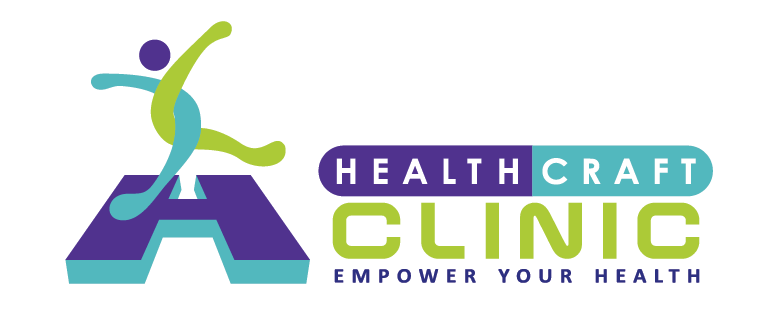Orthotics & Braces
Custom orthotic devices and professional brace fittings to support your recovery, improve function, and prevent future injuries.
Our Orthotic & Brace Services
We provide comprehensive assessment, fitting, and ongoing support for a wide range of orthotic devices and braces to meet your specific needs.
Custom Foot Orthotics
Individually crafted orthotic devices designed to address your specific foot structure, biomechanical needs, and lifestyle requirements.
- • Comprehensive foot assessment and gait analysis
- • 3D scanning or foam impression casting
- • Custom fabrication for optimal fit and function
- • Follow-up adjustments and modifications
- • Insurance billing and coverage assistance
Braces & Supports
Professional fitting and selection of therapeutic braces and supports for injury recovery, pain management, and functional improvement.
- • Expert assessment and product selection
- • Proper fitting and sizing guidance
- • Education on correct usage and care
- • Access to quality brands and products
- • Ongoing support and adjustments
Types of Custom Orthotics
We create different types of custom orthotics based on your specific condition, activity level, and footwear requirements.
Functional Orthotics
Rigid or semi-rigid devices designed to control foot motion and improve biomechanical function.
- • Flat feet correction
- • High arch support
- • Overpronation control
- • Sports performance
Accommodative Orthotics
Soft, cushioning devices designed to provide comfort and pressure relief.
- • Diabetic foot care
- • Pressure ulcer prevention
- • Arthritis comfort
- • Sensitive feet support
Sport-Specific Orthotics
Specialized devices designed for specific sports and athletic activities.
- • Running biomechanics
- • Court sports support
- • Golf stability
- • Ski boot fitting
Braces & Support Devices
We fit and provide a comprehensive range of braces and support devices for various body regions and conditions.
Foot & Ankle
- • Ankle braces
- • Plantar fasciitis supports
- • Achilles tendon braces
- • Toe separators
- • Night splints
Knee & Leg
- • Knee braces
- • Patella supports
- • ACL/MCL braces
- • Compression sleeves
- • Shin splint supports
Back & Spine
- • Lumbar supports
- • Posture correctors
- • Sacroiliac belts
- • Spinal braces
- • Maternity supports
Upper Body
- • Shoulder braces
- • Elbow supports
- • Wrist braces
- • Carpal tunnel splints
- • Thumb supports
Our Assessment Process
Our thorough assessment ensures you receive the most appropriate orthotic solution for your specific needs and goals.
Initial Evaluation
Comprehensive assessment of your condition, medical history, activity level, and specific needs.
Biomechanical Analysis
Detailed examination of your posture, gait, and movement patterns to identify problem areas.
Measurement & Casting
Precise measurements and impressions using advanced techniques for optimal fit and function.
Fitting & Follow-up
Professional fitting with education on proper use, plus ongoing support and adjustments as needed.
Conditions We Address
Our orthotic and brace services can help with a wide variety of conditions and functional challenges.
Foot Conditions
- • Plantar fasciitis
- • Flat feet (pes planus)
- • High arches (pes cavus)
- • Bunions and hammertoes
- • Heel spurs
- • Morton's neuroma
Lower Limb Issues
- • Knee pain and instability
- • Shin splints
- • IT band syndrome
- • Hip dysfunction
- • Leg length discrepancy
- • Overpronation/supination
Back & Posture
- • Lower back pain
- • Poor posture
- • Sacroiliac joint dysfunction
- • Pregnancy-related pain
- • Work-related strain
- • Spinal conditions
Insurance & Coverage Information
We work with most insurance providers and extended health plans to help make your orthotic devices and braces more affordable.
We Accept:
- • Extended health benefits
- • WorkSafeBC claims
- • ICBC coverage
- • Private insurance plans
- • Direct billing available
Our Support:
- • Insurance verification
- • Pre-authorization assistance
- • Claim form completion
- • Payment plan options
- • Detailed receipts provided
Get the Support You Need
Take the first step towards better comfort, function, and mobility. Our expert team is ready to assess your needs and provide the perfect orthotic solution.
